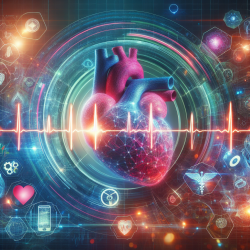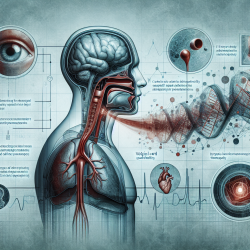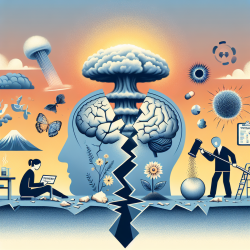Introduction to mHealth in Arrhythmia Management
In the evolving landscape of healthcare, mobile health (mHealth) technologies are increasingly becoming pivotal in managing arrhythmias. The 2021 ISHNE/HRS/EHRA/APHRS collaborative statement on mHealth in Arrhythmia Management provides a comprehensive overview of how digital medical tools can be leveraged by heart rhythm professionals to enhance patient outcomes. This blog aims to distill key insights from the research and offer practical guidance for practitioners seeking to integrate these tools into their practice.
Understanding the Role of mHealth
mHealth refers to the use of mobile devices and applications to support medical and public health practices. In arrhythmia management, these tools offer real-time monitoring, data collection, and patient engagement, which are crucial for effective management of heart rhythm disorders. The collaborative statement highlights several advantages of mHealth, including:
- Real-time Monitoring: Continuous tracking of heart rhythms allows for early detection of abnormalities and timely intervention.
- Data-Driven Decisions: The collection of comprehensive physiological data supports more informed clinical decisions.
- Patient Empowerment: mHealth tools facilitate patient self-management, improving adherence to treatment plans and lifestyle modifications.
Challenges and Considerations
While the benefits of mHealth are clear, the integration of these technologies into routine clinical care presents several challenges. Practitioners must navigate issues such as data privacy, interoperability of systems, and the need for standardized protocols. Moreover, the statement emphasizes the importance of training healthcare providers to effectively use these tools and interpret the data they generate.
Implementing mHealth in Practice
For practitioners eager to enhance their skills and improve patient outcomes, the following steps are recommended:
- Stay Informed: Regularly review the latest research and guidelines on mHealth applications in arrhythmia management.
- Invest in Training: Participate in workshops and training sessions to become proficient in using digital tools and interpreting data.
- Collaborate with IT Professionals: Work closely with IT experts to ensure the secure and efficient integration of mHealth technologies into your practice.
- Engage Patients: Educate patients on the use of mHealth tools and encourage their active participation in their healthcare journey.
Conclusion
The integration of mHealth technologies in arrhythmia management represents a significant advancement in healthcare. By embracing these tools, practitioners can enhance patient care, improve outcomes, and contribute to the broader goal of digital health transformation. To delve deeper into the research and explore more detailed recommendations, read the original research paper.










